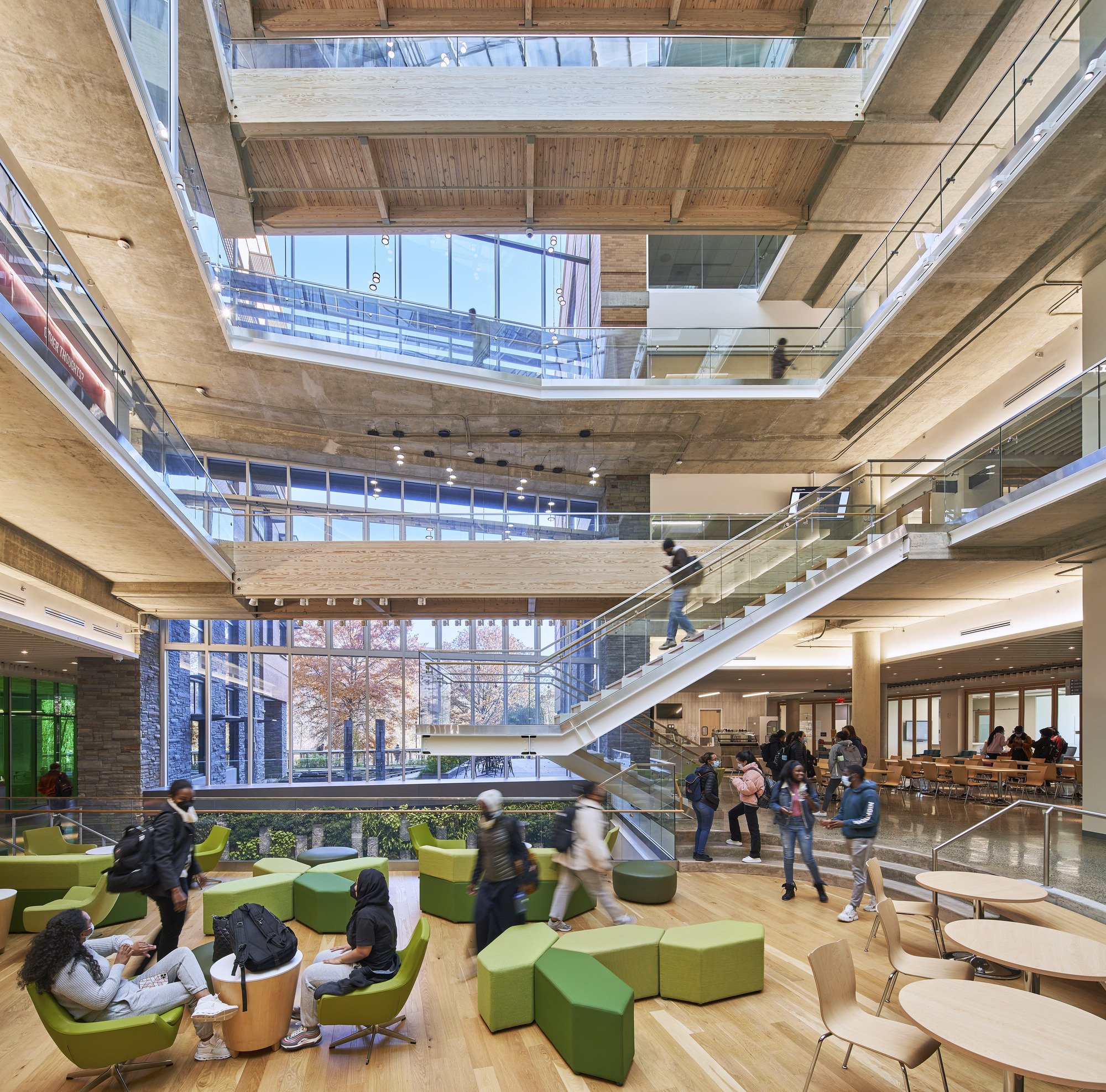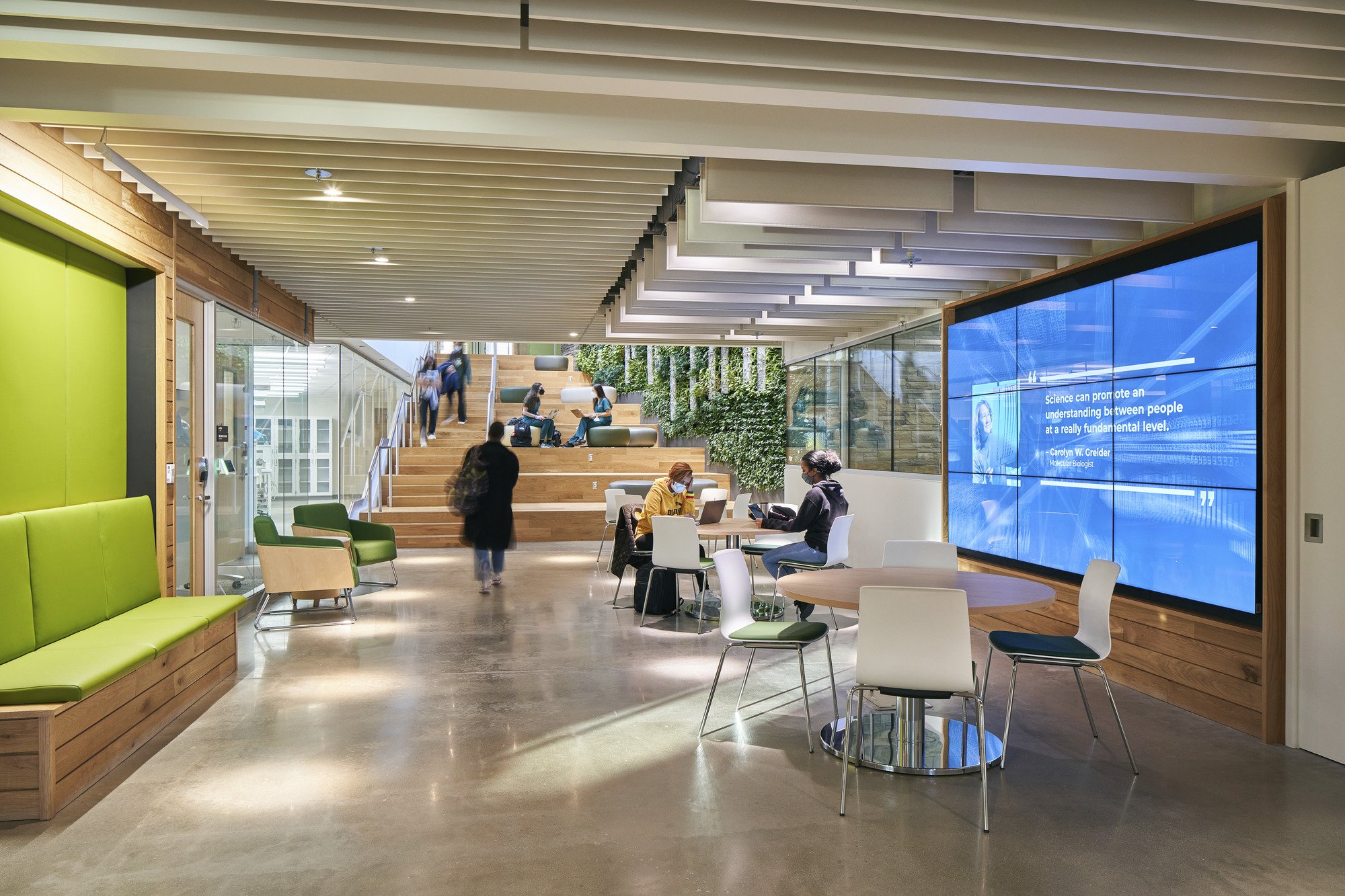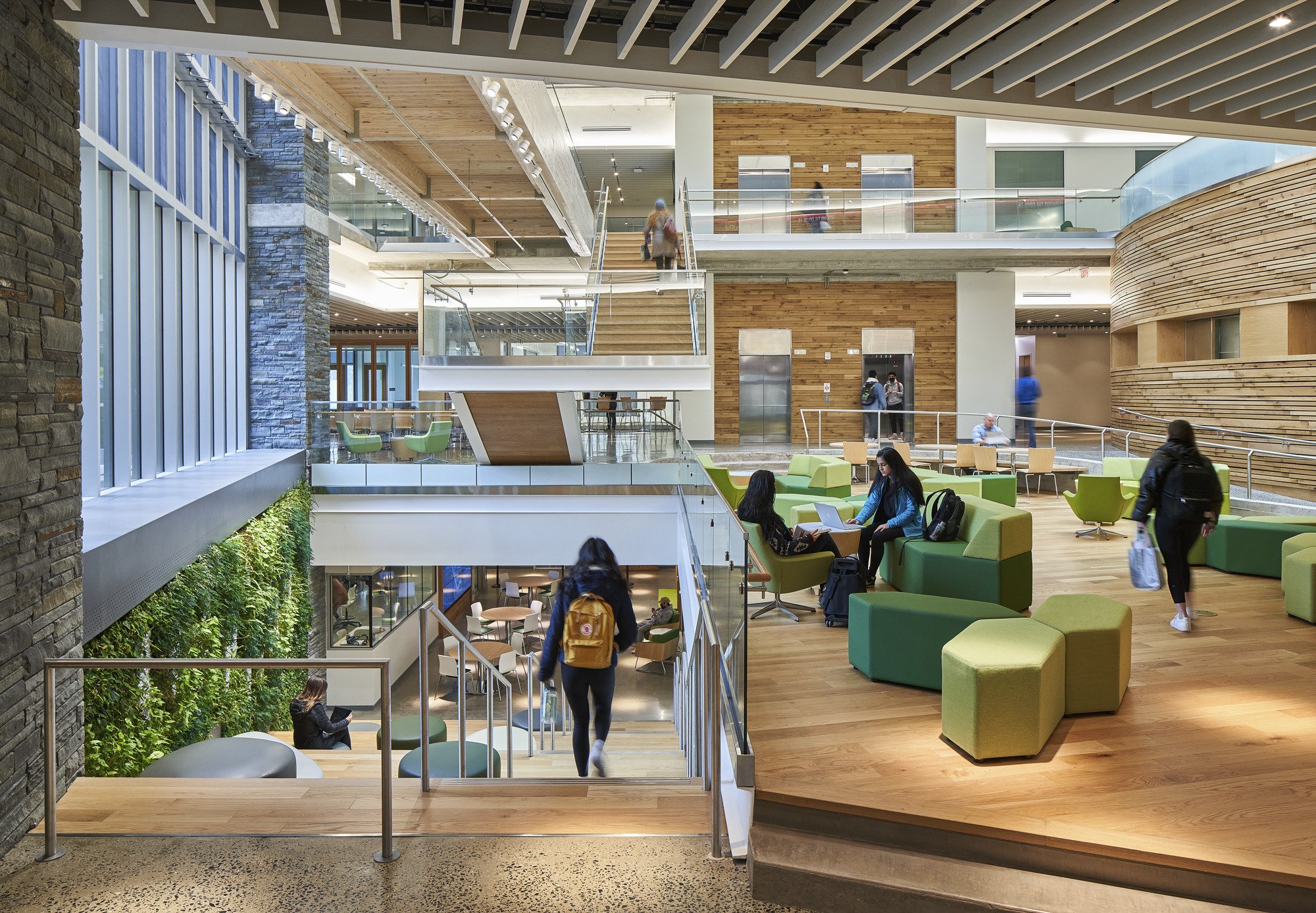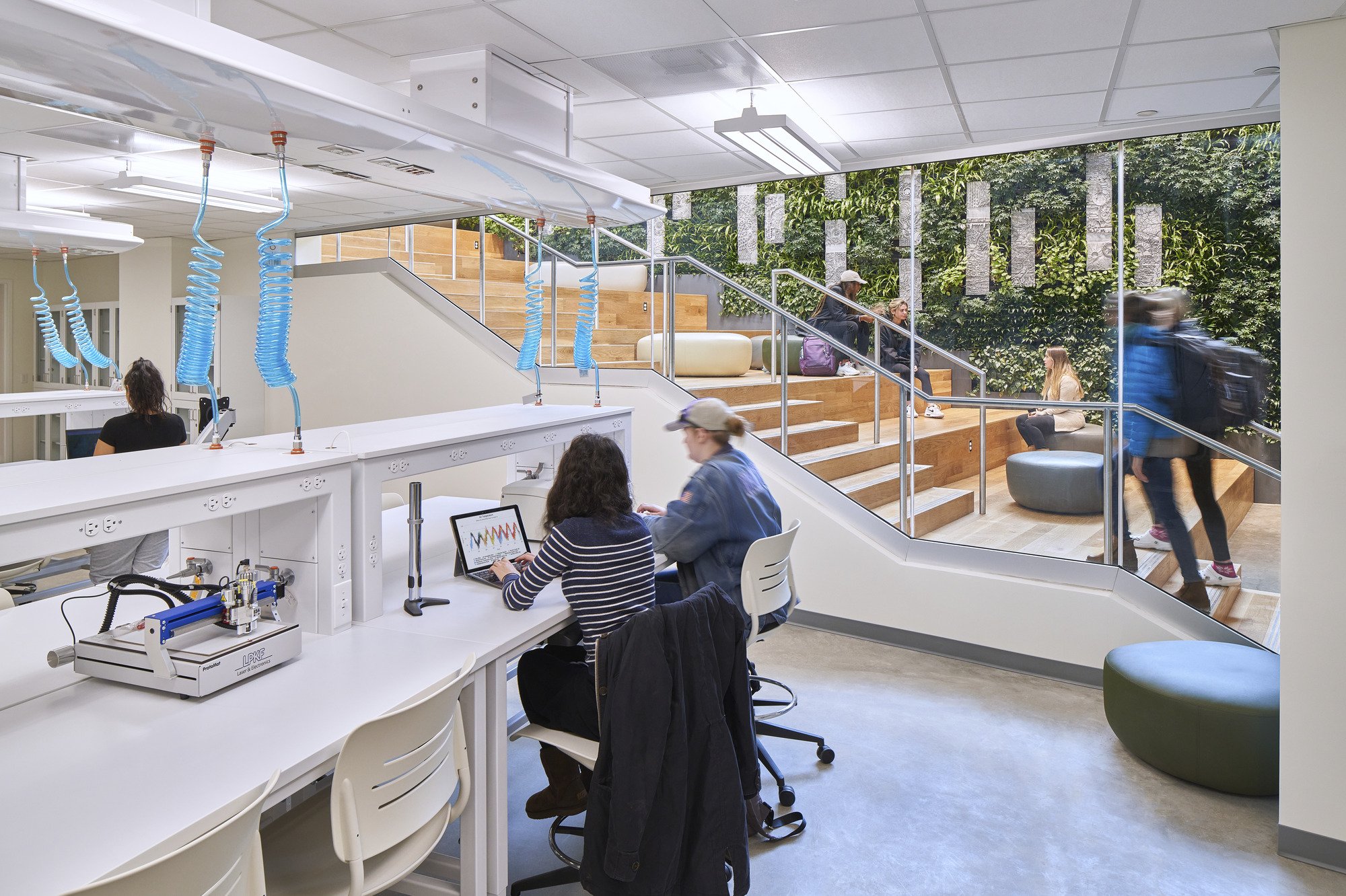
online lecture:
Seeing green, Doing green: Biophilic Design and Environmentally-Responsible Behaviors
Erin M. Hamilton (Texas Tech University) & Anne Herndon (Lake | Flato)
Saturday, July 16, 2022 @ 10:00 - 12:00, JST (09:30 to 10:00: TEST SESSION)
SUMMARY:
The challenge of global climate change necessitates interdisciplinary problem solving. In the built environment sector, the pursuit of sustainability requires not only constructing and maintaining a green building, but ensuring that we consider how best to support the green behaviors of occupants within these buildings. On the university campus, green buildings are especially positioned to serve as places of environmental education and in turn, occupant awareness of green building features supports environmentally responsible behaviors (ERBs).
This project explores how occupants interpret the sustainability of two LEED certified buildings at the Universities at Shady Grove in the U.S. state of Maryland. The design of the first, the LEED Platinum Biomedical Sciences and Engineering Education Facility by Lake|Flato Architects & Cooper Carry, incorporated biophilic intent, while that of the second, a LEED Gold building, did not. In other words, the LEED Platinum building looks like a sustainable building, whereas the sustainability of the LEED Gold building could easily be missed. This mixed-methods study involves an online survey of building occupants, photograph-based methods, and follow-up interviews with a subset of occupants. The outcomes of this work contribute theoretically to our understanding of how to support and promote ERBs within green buildings. The integration of nature and natural analogues into the built environment through biophilic design promotes both physical and psychological well-being. This project aims to lay the foundation for discussing the role of biophilic design in promoting both personal and planetary well-being.
LEARNING OBJECTIVES:
After attending this program, attendees will be able to:
Generate examples of the 14 Patterns of Biophilia in practice.
Identify high-impact green building and biophilic features that communicate sustainable design to building occupants.
Understand how biophilic design elements contribute to the creation of a restorative environment.
Identify opportunities for leveraging built architectural works to collect post-occupancy data about occupant perception and behavior.
CES:
2.0 LU/HSW








